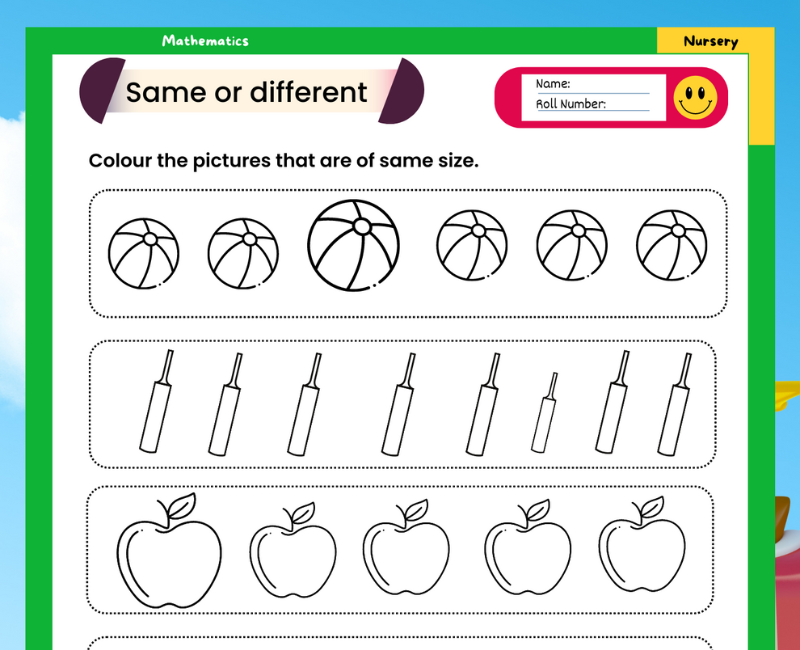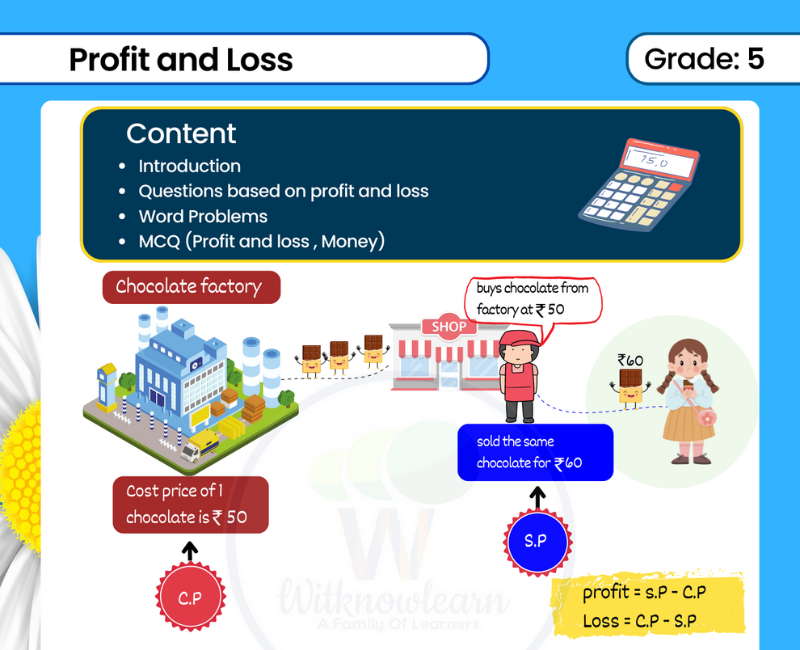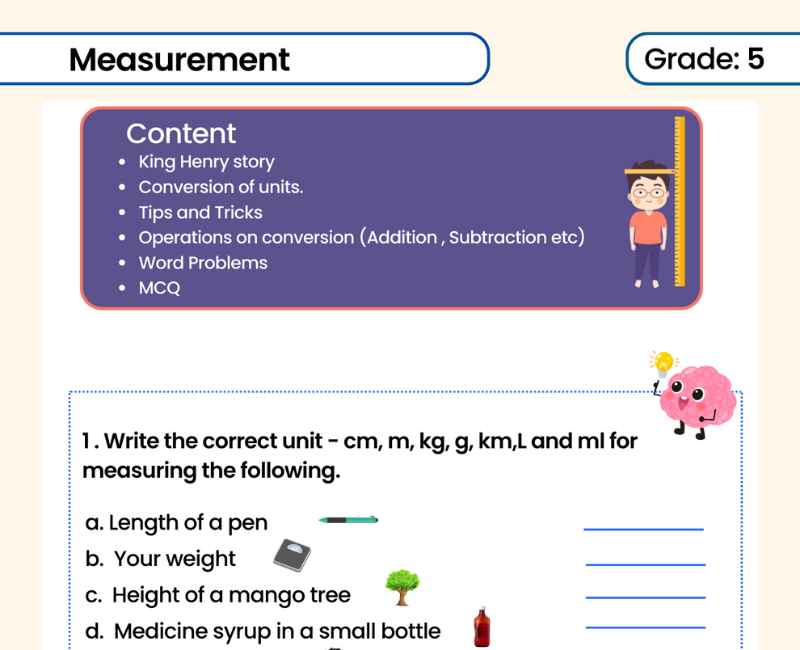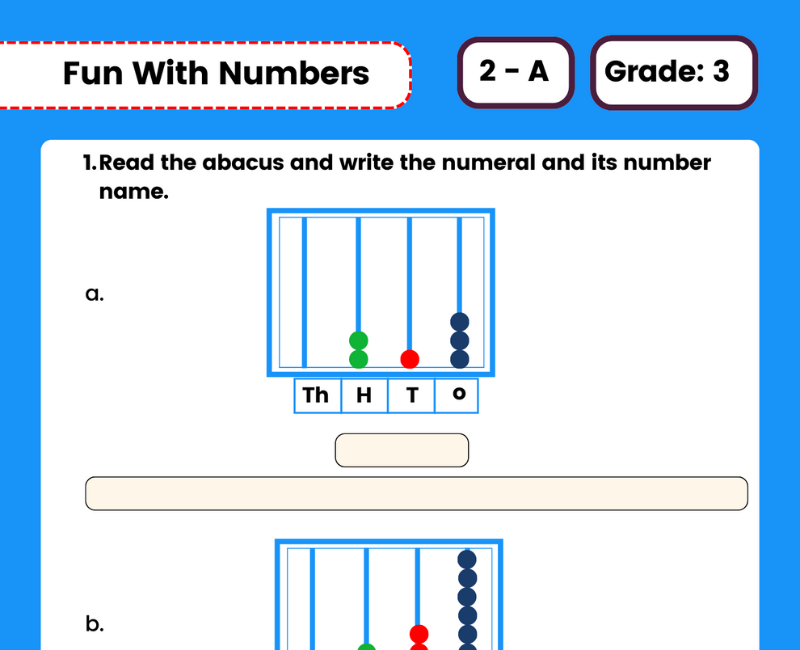Verbs Don,t, Doesn't & Didn't Worksheet For Class 3
Welcome to our comprehensive guide on mastering verb tense with 'Don't, Doesn't, Didn't'! Whether you're a student or a parent helping your child with their English homework, understanding verb tenses is crucial for effective communication. In this class 3 worksheet guide, we'll break down the usage of 'Don't, Doesn't, Didn't' and provide you with practical exercises to reinforce your understanding.
By mastering these verb tenses, you'll be able to express negative actions and ask questions more confidently in English. Our user-friendly worksheets are designed to make the learning process enjoyable and interactive. From filling in the blanks to rewriting sentences, these exercises will help solidify your knowledge and improve your grammar skills. Using the correct verb tense is essential for clear and concise communication, whether you're speaking or writing. Not only will it enhance your understanding, it will also elevate your overall fluency. So, get ready to dive into the world of 'Don't, Doesn't, Didn't' and expand your language repertoire. Let's embark on this learning journey together!
Mastering Class 3rd English grammar is made simple and engaging with Witknowlearn's comprehensive worksheets. One of the key areas we focus on is the use of "Don't," "Doesn't," and "Didn't." These worksheets are specifically crafted for Class 3 students, helping them understand the correct application of these auxiliary verbs in sentences. The English Grammar worksheet for Class 3rd, available at Witknowlearn, covers these aspects in a detailed and student-friendly manner.
Understanding the use of "Don't," "Doesn't," and "Didn't" is crucial for young learners as it forms the foundation of making negative sentences in English. The Use of Don’t, Doesn’t, Didn’t worksheet for Class 3 introduces students to the basic rules of negation in present and past tenses. These worksheets include various exercises that allow students to practice and reinforce their understanding of when to use each word correctly.
Additionally, the English grammar worksheet for Class 3 with answers is a great tool for both self-learning and classroom teaching. It allows students to check their answers and understand the logic behind the usage of these auxiliary verbs. The exercises are designed to be interactive and engaging, ensuring that students find the learning process enjoyable.
At Witknowlearn, we understand the importance of building a strong grammatical foundation from an early age. The Use of Don’t, Doesn’t, Didn’t for class 3 worksheets are tailored to meet the learning needs of young students, making complex grammar rules easy to understand and apply. Whether it's for home practice or classroom learning, these worksheets are an excellent resource for enhancing grammar skills in young learners.
Understanding the Present Tense
The present tense in English is used to describe actions that are currently happening or general truths. It's essential for expressing daily activities and facts. The present tense is simple yet versatile, forming the basis of present simple and present continuous forms.
Mastering the Present Tense with "Don't" and "Doesn't"
To master the present tense, understanding the use of "don't" (do not) and "doesn't" (does not) is crucial. "Don't" is used with plural subjects and the first and second person singular (I, you), while "doesn't" is used with the third person singular (he, she, it). These words help in making negative statements in the present tense, like "I don't like apples" or "She doesn't go to school on Sundays."
Examples and Exercises for Practicing the Present Tense
Practicing with examples like "They don't play football on Mondays" or "He doesn't eat meat" helps in understanding. Exercises can include filling in blanks with "don't" or "doesn't," converting affirmative sentences to negative, and identifying errors in sentences.
Understanding the Past Tense
The past tense is used to talk about actions or events that happened in the past. It's a fundamental aspect of English grammar, enabling us to narrate past experiences and completed actions.
Mastering the Past Tense with "Didn't"
"Didn't" (did not) is the key word for making negative statements in the simple past tense. It remains the same regardless of the subject. For example, "I didn't go to the park yesterday" or "They didn't watch the movie."
Examples and Exercises for Practicing the Past Tense Examples like "She didn't call me last night" or "We didn't have homework yesterday" are useful for practice. Exercises can include creating negative sentences using "didn't," changing sentences from present to past tense, and sentence correction.
Common Mistakes to Avoid When Using "Don't," "Doesn't," and "Didn't"
- Using "doesn't" with "I" or "you."
- Forgetting to use "didn't" with the base form of the verb in past tense sentences.
- Misusing these words in questions or positive sentences.
Additional Resources and Worksheets for Further Practice
For further practice, additional resources and worksheets are available. These can include more advanced exercises, quizzes, and interactive games. Online platforms, like Witknowlearn, offer a range of worksheets and resources tailored for different learning levels, helping students master the use of "don't," "doesn't," and "didn't" in both present and past tense contexts.





